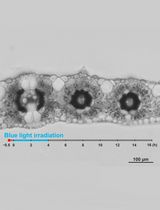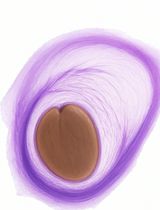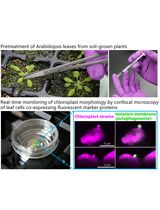Analysis of in vivo Cellulose Biosynthesis in Arabidopsis Cells by Spinning Disk Confocal Microscopy
使用转盘共聚焦显微镜分析拟南芥细胞中的纤维素生物合成
(*contributed equally to this work) 发布: 2015年10月05日第5卷第19期 DOI: 10.21769/BioProtoc.1617 浏览次数: 9454
评审: Fanglian HeRenate Weizbauer
引用
收藏
Cited by













